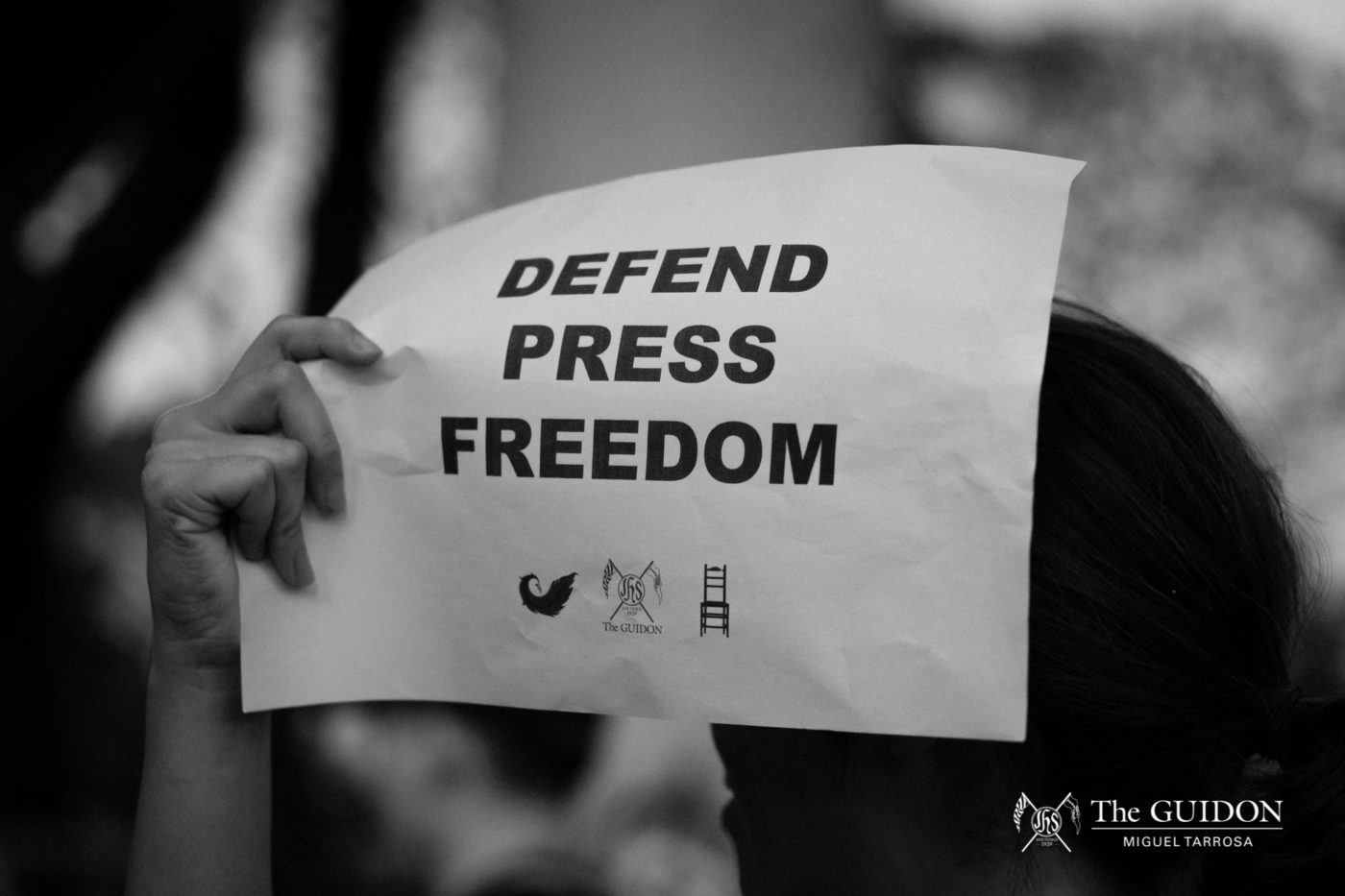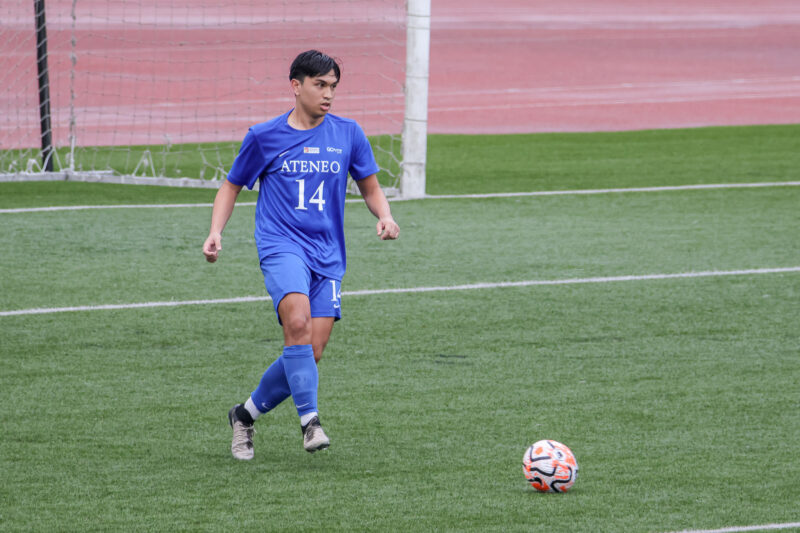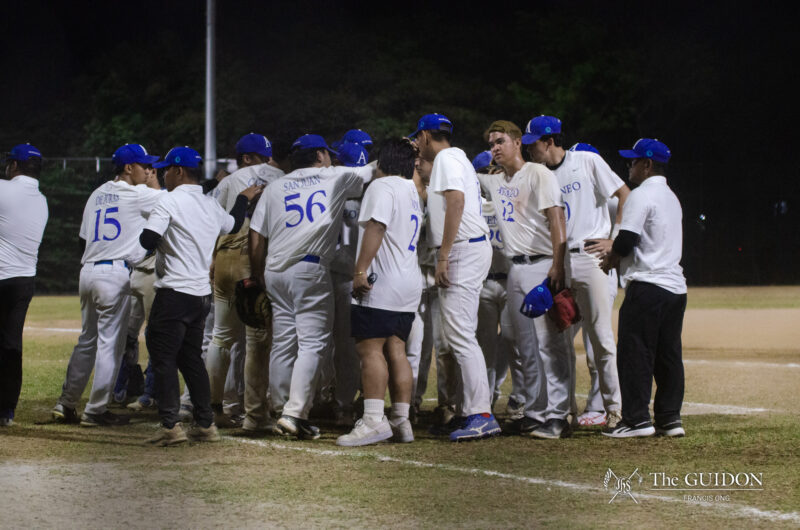THE PRIME mandate of all journalists is to pursue, deliver, and defend the truth, especially when press freedom comes under fire. This mindset is even taught, nurtured, and upheld at campus-level journalism, where budding journalists are encouraged to step up and assert their role in various socio-political movements throughout history.
Student-run publications such as The GUIDON are able to investigate developing stories on a scale that is much closer to their surrounding communities. While professional journalists cater to a wider target audience, journalists on both the campus and professional level aim to uphold the core thrusts of accountability and fearlessness as they report stories that matter.
This is, however, much easier said than done. The issue of suppression, which is commonly tied to the mainstream media, has manifested at the campus level at different points in history as well. Student-written articles that are critical of individuals or groups in power have led to very real threats from both within and beyond the bounds of the school.
As The GUIDON celebrates its 90th year, the publication looks back on local campus journalists and their continued struggle to uphold the truth in the face of uncertain consequences.
An unyielding press
Perhaps one of the most infamous instances of campus-level censorship in Philippine history took place during former President Ferdinand Marcos’ Martial Law. At that time, censorship rulings such as the Letter of Instruction No. 1, s. 1972 were issued in an effort to seize control over privately owned media. These censorship efforts were executed in various degrees. For instance, The GUIDON, which was then called Pandayan, suffered a cut in its budget when it began to take on a more political tone.
However, Pandayan, the University of the Philippines’ Philippine Collegian, the Pamantasan ng Lungsod ng Maynila’s Hasik, the Mapua Institute of Technology’s Balawis, and the Polytechnic University of the Philippines’ Ang Pahayagang Malaya fought to resist such suppression by going underground.
This daring move did not come without its consequences. Under the leadership of then Editor-in-Chief Abraham Sarmiento, the Philippine Collegian published articles that were highly critical of the Marcos regime. Many of the publication’s stories condemned the administration’s illegal arrests, treatment of political prisoners, and biased presidential succession protocols. Unsurprisingly, these outspoken narratives eventually led to the arrest and detainment of Sarmiento.
Such historical narratives of censorship, and the current administration’s attempts to silence the mainstream media, have proven that suppression is a roadblock that journalists from different generations have to deal with time and again.
The Bedan Roar-Manila, San Beda University’s Senior High School publication, is among those that have experienced more recent instances of campus-level suppression. In April 2018, the school’s administrative bodies barred the distribution of 1,700 copies of the publication’s monthly issue. The publication alleged that the halt order was issued as a result of the magazine’s front cover, which depicted President Rodrigo Duterte, a Bedan alumnus, perched on a hill of bloody guns and dead bodies.
The issue also contained several editorial articles that were critical of the Duterte administration’s use of misleading information, fake news websites, and falsified documents to attack the political opposition. According to an anonymous source, the administration did not let the publication circulate because they “did not want the students to question or protest the rule of the current President, [who is] a Bedan.”
Despite the school administration’s move to halt circulation, the Bedan Roar-Manila persisted and opted to release the issue online. As a result, many external publications like The Bedan Roar-Alabang and the College Editors Guild of the Philippines praised their journalists and emphasized the need to defend press freedom on the campus level and national scale.
In an interview with CNN Philippines Life, San Beda Manila Senior High School Vice Principal Aurora Lincumpao said that the school administration wanted the journalists of the Bedan Roar-Manila to “focus [on the] achievements of [the school].”
“They are just high school students, so they need to be advised. We just asked them to temper some of the articles,” said Lincumpao.
On nation-building
Such real world consequences are enough to strike fear or hesitation into the hearts of even the most outspoken campus journalist. The GUIDON AY 2017-2018 Editor-in-Chief Robbin Dagle, for instance, expressed that he had his fair share of fears during his term because it coincided with the early years of President Rodrigo Duterte’s administration—a time that was marked with “threats of martial law [and] a revolutionary government.”
Dagle noted that while fear is inevitable for those on the ground, student journalists must continue their ceaseless pursuit of the truth. “Okay lang magsabi ng totoo kahit masakit, kahit makakasira sa ilan. Naririto ang nararapat. Sabihin ang katotohanan. Magsilbing liwanag dahil dumidilim ang paligid,” he said.
(It’s okay to tell the truth even if it hurts, even if it may hurt people. What we need is here. Tell the truth. Serve as a light [to others] as the world dims around us.)
Similarly, former the Bedan Roar-Manila Associate Editor Christina Chi described journalism as the first line of defense against the “crumbling of democracy.” She reminded campus journalists that being critical should not be done for the sake of looking valiant, but because failure to do so in times of suppression would “otherwise be a disservice” to the public.
Furthermore, she stated that it is the responsibility of the youth to fervently seek the truth because they are the members of society who have “all the energy in the world to participate in [these kinds] of struggles.” Dagle shared similar sentiments and highlighted that campus journalists arguably face less external attacks on their freedom compared to the mainstream press—a privilege that should be “appreciated and maximized.”
To hold the line
Despite past administrations’ aggression towards the free press, there are still government officials who have helped campus journalists hold the line. Former Kabataan Party-List Representative Terry Ridon’s Campus Journalism Act of 1991 (Republic Act No. 7079) was penned to safeguard the autonomy of campus publications. This act was created to ensure that student journalists have the agency to select and screen the content they want to publish without the interference of school administrators. The school’s administrative board is only allowed to interfere with the campus paper’s content under limited exemptions, such as when “articles disrupt class work or involve substantial disorder or invasion of the rights of others.”
Senator Leila de Lima was also inspired to add another line of defense for campus journalists through her proposed Campus Press Freedom Act of 2018 (Senate Bill 1868). De Lima filed the act within three months of the Bedan Roar-Manila controversy in an effort to further protect campus journalists from “harassment and intimidation.” Furthermore, de Lima’s proposed bill aims to ensure that campus journalists receive “in-depth training,” “[a] consistent and reliable source of funds,” and “the freedom to determine the content of their respective publications,” among other things.
Dagle further highlighted the importance of safeguarding campus journalists. “If we foster this free space, this vibrant and free space in our campuses, which not a lot of campuses enjoy in the country, I think it will attract our students to actually pursue journalism—to see the promise of journalism,” he said. “Perhaps [we must] train more journalists [to be] not just good journalists, but also critical journalists, who when they graduate…can actually fight for these changes in the industry in the long run.”
Campus publications are, as Dagle would put it, “where the future of journalism is fostered.” Throughout history, student journalists slowly, but surely learned to go well beyond the stories that unfold within the confines of the university. The duty of campus publications to uncover, defend, and report the truth has, then, seeped into the national landscape—one that has recently become increasingly distorted due to the rampant spread of fake news, misinformation, and alternative facts.
Amid this context, student journalists continue to hone, utilize, and develop strong, critical voices that aid in their ceaseless demand for the truth. With honest, on-the-ground stories, student journalists not only influence their immediate audience, but also assert the youth’s role in the larger context of nation-building.
*Editor’s note: The Bedan Roar-Manila’s official statement on Facebook has since been taken down.
Photo by Miguel Tarrosa




